Museums and Art in Spain, with its rich cultural heritage and diverse artistic expressions, is home to a myriad of museums that showcase a vast array of masterpieces spanning centuries. From the classical elegance of the Prado to the avant-garde wonders of the Guggenheim Bilbao, each museum contributes to the vibrant mosaic that is Spain’s artistic identity. In this extensive exploration, we will traverse the cultural landscape of Spain, visiting prominent museums and delving into the details of the remarkable artists who have shaped the nation’s artistic narrative.
Museo del Prado, Madrid
The Spanish Golden Age Extravaganza
URL: Museo del Prado
Diego Velázquez: Master of the Spanish Court
Las Meninas – A Royal Enigma
Diego Velázquez, a luminary of the Spanish Golden Age, graces the Museo del Prado with his masterpiece, “Las Meninas.” This iconic painting challenges traditional portraiture, featuring a complex arrangement of figures that includes the Infanta Margarita and the artist himself. Velázquez’s innovative use of perspective and his ability to capture the psychological depth of his subjects make “Las Meninas” a crown jewel of the Prado’s collection.
Francisco Goya: A Glimpse into Social Turmoil
The Third of May 1808 – A Defiant Cry
Moving through the Prado’s halls, Francisco Goya’s “The Third of May 1808” stands as a poignant representation of the artist’s evolution. From a court painter to a social critic, Goya’s work reflects the turbulence of the Peninsular War. This masterpiece depicts the execution of Spanish citizens by French soldiers, embodying the artist’s defiance against oppression and his commitment to social commentary.
Museo Nacional Centro de Arte Reina Sofía, Madrid
The 20th-Century Spanish Art Odyssey
URL: Reina Sofía Museum
Salvador Dalí: Surrealism Unleashed
The Persistence of Memory – A Surreal Masterpiece
The Reina Sofía Museum in Madrid is a bastion of 20th-century Spanish art, prominently featuring Salvador Dalí. “The Persistence of Memory” is Dalí’s surreal magnum opus, with its melting clocks becoming iconic symbols of the artist’s eccentric style. The museum captures the essence of Dalí’s dreamlike world, inviting visitors to explore the depths of Surrealism.
Pablo Picasso: Guernica’s Haunting Echo
Guernica – Art as Political Protest
The Reina Sofía is also home to one of Picasso’s most significant works, “Guernica.” This colossal painting serves as a haunting cry against the atrocities of war, specifically the bombing of the town of Guernica during the Spanish Civil War. The fractured forms and anguished figures in “Guernica” make it a powerful symbol of resilience and a timeless denouncement of violence.
Guggenheim Museum Bilbao
Where Art and Architecture Converge
URL: Guggenheim Bilbao
Eduardo Chillida: Harmonizing with Nature
Comb of the Wind – A Dialogue with the Elements
Designed by Frank Gehry, the Guggenheim Museum Bilbao is an architectural marvel that seamlessly integrates with the works of sculptor Eduardo Chillida. “Comb of the Wind,” a series of monumental sculptures, showcases Chillida’s ability to create a harmonious dialogue between art and nature. The Guggenheim Bilbao becomes not just a museum but a sculptural experience, a dynamic interplay of form and function.
Changing Exhibitions: A Dynamic Art Canvas
Innovation in Motion
Beyond its iconic structure, the Guggenheim Bilbao maintains its allure through dynamic and ever-changing exhibitions. The museum’s commitment to innovation ensures a constant influx of contemporary art, making each visit a unique and immersive experience. From traditional painting to cutting-edge installations, the Guggenheim Bilbao remains at the forefront of the global art scene.
Fundació Joan Miró, Barcelona
A Whimsical Oasis in Catalonian Modernism
URL: Fundació Joan Miró
Joan Miró: Surrealism in Colors
The Garden – An Ode to Joy
Situated in Palma de Mallorca, the Fundació Joan Miró celebrates the whimsical legacy of Joan Miró. “The Garden” is a prime example of Miró’s playful use of color and form, embodying Surrealist principles. The foundation becomes a pilgrimage site for those seeking an intimate connection with Miró’s surreal legacy, inviting visitors to immerse themselves in the artist’s imaginative world.
The Artist’s Studio: Creativity Unveiled
A Glimpse into Miró’s Creative Process
The Fundació Joan Miró offers more than a collection of Miró’s works; it provides a rare insight into the artist’s creative process. Miró’s preserved studio, with its brushes, easels, and remnants of his artistic endeavors, serves as a testament to the artist’s enduring influence on modern art. Visitors are transported to Miró’s realm, where creativity knows no bounds.
Museo Nacional Thyssen-Bornemisza, Madrid
A Panorama of Art Through the Ages
URL: Thyssen-Bornemisza Museum
Renaissance Masterpieces
Venus and Adonis – A Renaissance Delight
Situated in Madrid, the Thyssen-Bornemisza Museum offers a panoramic journey through art history. From the delicate beauty of Titian’s “Venus and Adonis” to the chiaroscuro brilliance of Caravaggio’s “Saint Catherine,” the museum’s Renaissance collection showcases the richness and diversity of artistic expression during this transformative period.
Modern and Contemporary Marvels
Bridging Traditions
As visitors progress through the museum, they encounter a seamless transition from the Renaissance to the 20th century. The Thyssen-Bornemisza bridges the gap between traditional and modern art, featuring works by Edward Hopper and Roy Lichtenstein. The museum becomes a living testament to the evolution of artistic styles and movements.
Museu d’Art Contemporani de Barcelona (MACBA)
Catalonian Creativity Unleashed – The MACBA Experience
URL: MACBA
Antoni Tàpies: Blurring Boundaries
Grey and Black on White – A Journey into Materiality
In the heart of Barcelona, the MACBA celebrates the work of Antoni Tàpies, a Catalonian artist who played a pivotal role in the Informalism movement. Tàpies’s exploration of unconventional materials and his emphasis on spontaneity are exemplified in works like “Grey and Black on White.” The MACBA becomes a canvas where boundaries between art and life blur, inviting visitors to engage with Tàpies’s avant-garde vision.
The Rhythm of the Streets: Skateboarding and Urban Culture
Street Culture Meets High Culture
MACBA extends its embrace beyond traditional forms of contemporary art, celebrating urban culture. The museum’s outdoor spaces often host skateboarders, creating a dynamic intersection between visual arts and street culture. The rhythm of the streets becomes an integral part of MACBA’s identity, reflecting the vibrancy and diversity of Catalonian creativity.
The Dalí Theatre-Museum, Figueres
Surrealism in the Catalan Countryside
URL: Dalí Theatre-Museum
A Surreal Self-Portrait
An Immersive Journey into Dalí’s Mind
Situated in Figueres, the Dalí Theatre-Museum unfolds as a surreal extension of Salvador Dalí’s artistic persona. The museum itself becomes a canvas where the boundaries between art and architecture blur. Every corner, every detail reflects the eccentricity and imagination of the artist, offering visitors a surreal self-portrait of Dalí’s mind.
Dalí’s Crypt: The Final Surrealist Act
A Fitting Resting Place
The culmination of the Dalí Theatre-Museum experience is the artist’s tomb, located in the museum’s crypt. This final surreal act serves as a fitting resting place for Dalí, creating a profound and contemplative space within the whimsical environment of the museum. The entire experience becomes a journey into the surreal, a pilgrimage for those seeking to immerse themselves in the essence of Salvador Dalí.
Picasso Museum Barcelona
Tracing Picasso’s Evolution
Early Works and Blue Period
Gothic Quarter Reverie
Situated in the heart of Barcelona’s Gothic Quarter, the Picasso Museum Barcelona provides a comprehensive overview of Pablo Picasso’s early years. The museum’s collection includes works from his formative years, including pieces from the Blue Period, a phase characterized by melancholy and introspection.
Cubism and Beyond
Chronicles of Evolution
As visitors progress through the museum, they witness the evolution of Picasso’s style, from the groundbreaking innovations of Cubism to the vibrant and experimental works of his later years. The museum becomes a chronological narrative, allowing art enthusiasts to trace Picasso’s artistic trajectory and appreciate the breadth of his creative genius.
Museo Arqueológico Nacional, Madrid
Unearthing Spain’s Ancient Treasures
URL: National Archaeological Museum
Prehistoric Spain and Iberian Art
Artifacts from the Dawn of Civilization
Delving into Spain’s rich archaeological heritage, the National Archaeological Museum in Madrid unveils artifacts from prehistoric times. Exhibits showcase the artistic achievements of ancient civilizations, including the Iberians, offering a glimpse into the artistic expressions that laid the foundation for Spain’s cultural identity.
Roman Hispania and Islamic Art
Cultural Crossroads
The museum’s chronological journey continues through Roman Hispania, where intricate mosaics and sculptures reveal the artistic prowess of the era. Islamic art, with its geometric patterns and calligraphy, is also prominently featured, highlighting the cultural interchange that has shaped Spain’s artistic landscape.
Conclusion
Spain’s museums are not mere repositories of art; they are immersive experiences that unfold narratives of history, creativity, and cultural identity. From the classical masterpieces of the Prado to the surreal wonders of the Dalí Theatre-Museum, each institution offers a unique perspective on Spain’s artistic evolution. The artists, celebrated within these hallowed halls, have not only shaped the nation’s cultural landscape but have also contributed to the global tapestry of artistic expression. As we traverse the corridors of Spain’s museums, we embark on a journey through time and creativity, discovering the soul of a nation reflected in its masterpieces.



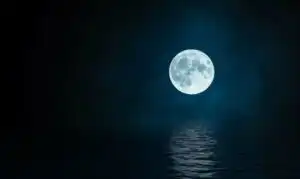
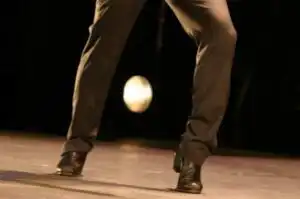



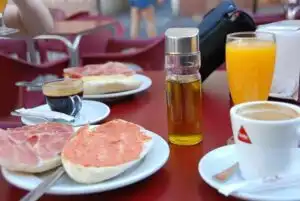
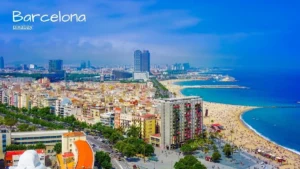
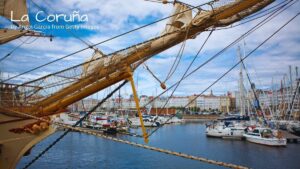
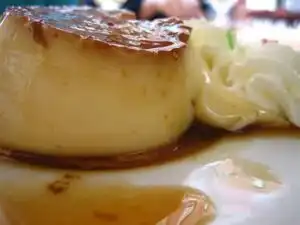
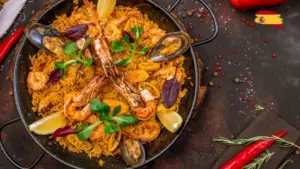
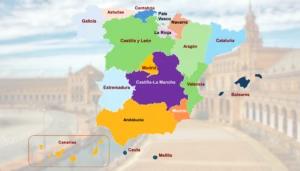

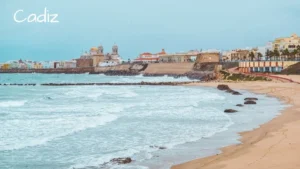


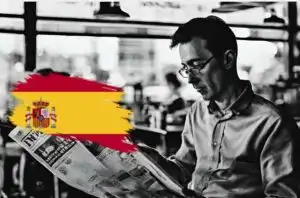
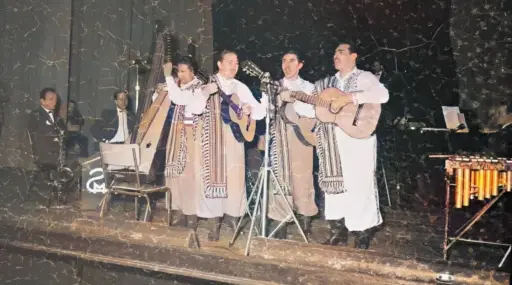
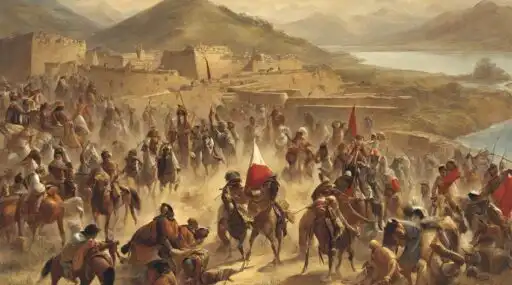
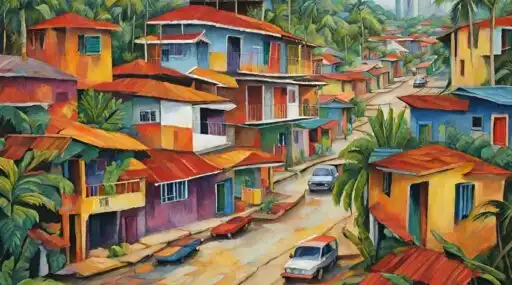

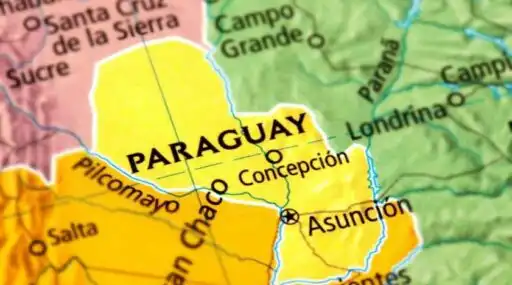







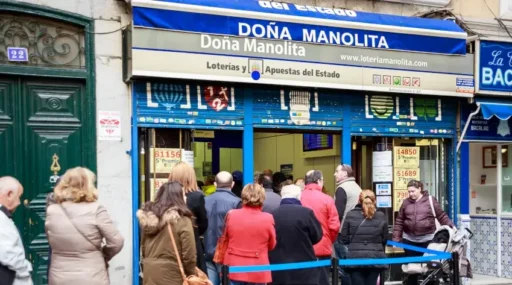


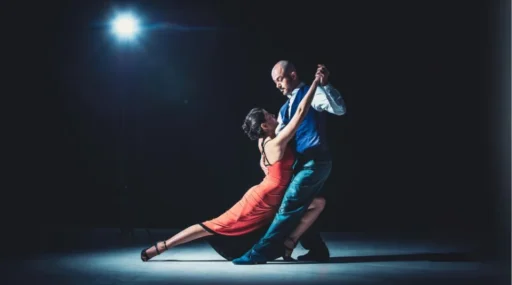
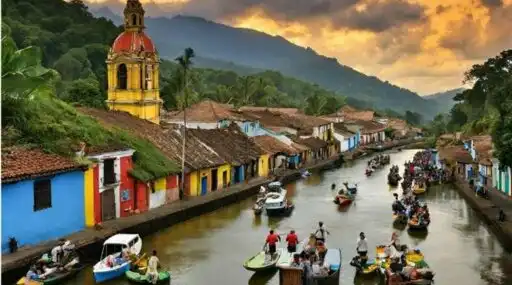
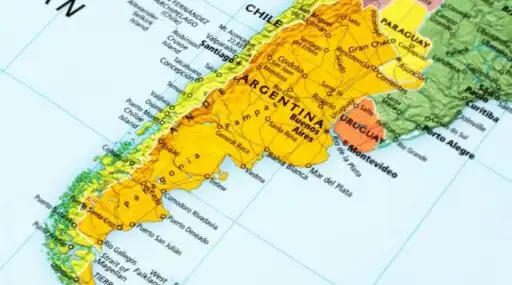



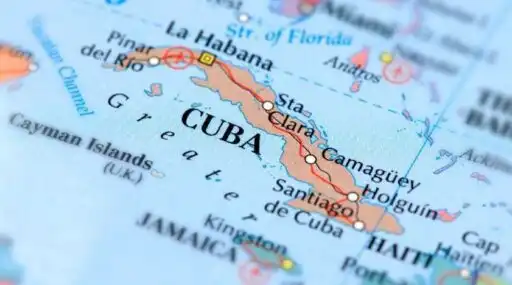




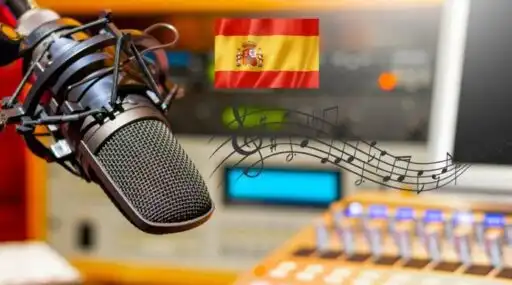
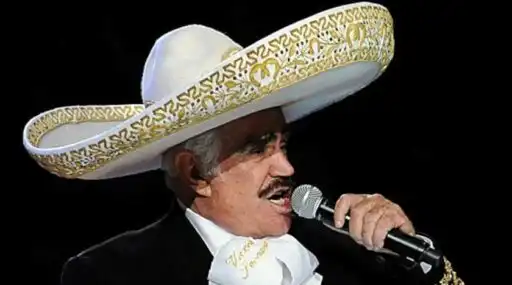

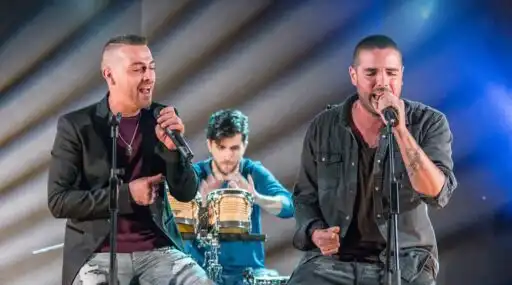
Leave a Reply